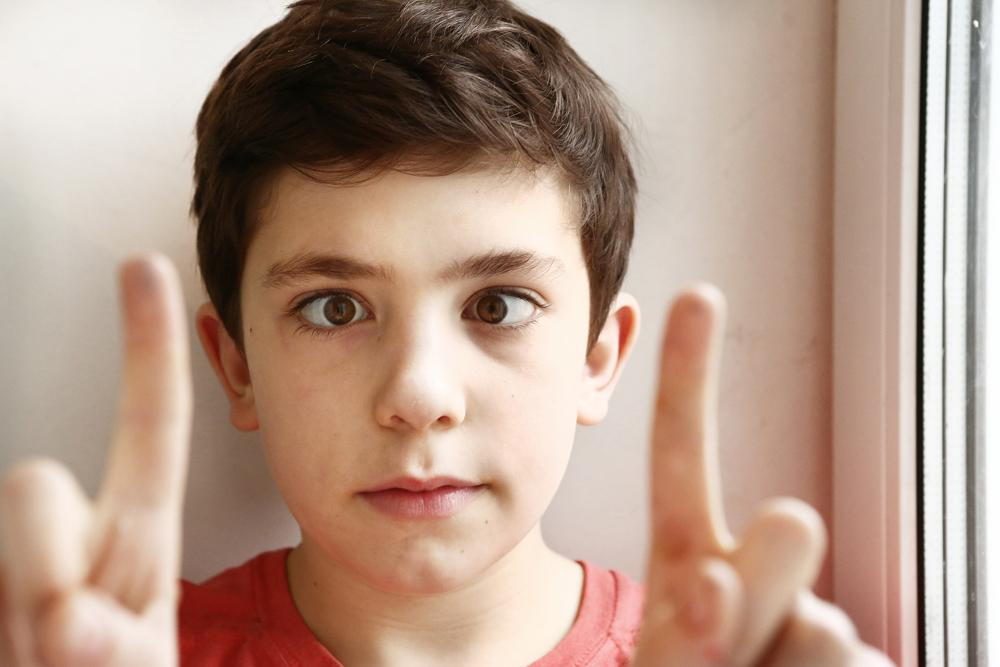by: Therese Mejilla

Do you ever feel so tired even though you haven’t been doing anything for the whole day? Well that just means you’re lazy. According to the dictionary the meaning of lazy, being lazy is unwilling to work or use energy. However, that isn’t the case for our eyes. The term Lazy Eye or Amblyopia is an eye with poor vision that is mainly caused by underuse, especially the unused eye in strabismus.
First of all though, what is a lazy eye exactly?
Lazy eye is a vision development disorder in which an eye fails to achieve normal visual acuity, even with prescription eyeglasses or contact lenses.
Amblyopia typically begins during infancy and early childhood. In most cases, only one eye is affected. But in some cases, amblyopia can occur in both eyes.
If lazy eye is detected early in life and promptly treated, reduced vision can be avoided. But untreated lazy eye can cause permanent loss of vision in the affected eye.
It’s estimated that about 2 to 3 percent of the U.S. population has some degree of amblyopia.
These are the signs and symptoms of Amblyopia:
Because amblyopia typically is a problem of infant vision development, symptoms of lazy eye sometimes can be hard to spot.
A common cause of amblyopia is misalignment of the eyes — a condition called strabismus. If you notice your baby or young child has crossed eyes or some other apparent eye misalignment, schedule an appointment with an eye doctor near you immediately — preferably with an optometrist or ophthalmologist who specializes in children’s vision.
Another clue your child may have a lazy eye is if he or she cries or fusses when you cover one eye.
You can try this simple screening test at home by simply covering and uncovering your child’s eyes (one eye at a time) when he or she is performing a visual task, such as watching television.
If your child is not bothered when one eye is covered, but objects when the other eye is, this may suggest that the eye you have covered is the “good” eye, and that the uncovered eye is amblyopic, causing blurred vision.
But a simple screening test is no substitute for a comprehensive eye exam.
It’s recommend to schedule your child’s first eye exam at or around 6 months of age to make sure vision is developing normally and the eyes function together properly as a team.
How to cure Amblyopia:
In some cases of refractive amblyopia (lazy eye due to unequal refractive errors), normal vision can be achieved simply by fully correcting the refractive errors in both eyes with glasses or contact lenses. Usually, however, at least some patching of the “good” eye is needed to force the brain to pay attention to the visual input from the “lazy” eye and enable normal vision development to occur in that eye.
Treatment of strabismic amblyopia (lazy eye caused by misaligned eyes) often involves strabismus surgery to align the eyes, followed by use of an eye patch on the dominant eye and some form of vision therapy (specific lazy eye exercises) to help both eyes work together equally as a team.
It may be necessary to wear an eye patch for several hours each day or even all day long for several days or weeks to force the brain to start using the lazy eye normally.
If you have a lot of trouble with your child taking off the eye patch, you might consider a specially designed prosthetic contact lens that prevents light from entering the good eye but does not affect your child’s appearance.
Though prosthetic contact lenses are more costly than a simple eye patch and require a contact lens exam and fitting, they can work wonders in difficult cases of amblyopia treatment when compliance with eye patching is poor.
In some children, atropine eye drops have been successfully used to treat a lazy eye. One drop is placed in your child’s good eye each day. (Your eye doctor will give you instructions how to do this.)
Atropine blurs the close-up vision in the good eye, which forces your child to use the eye with amblyopia more, thereby strengthening the “lazy” eye without having to wear an eye patch on the good eye..
One advantage of using atropine eye drops to treat lazy eye is that it doesn’t require constant vigilance to make sure your child is wearing his or her eye patch.
In a study of 419 children younger than 7 years of age with lazy eye, atropine therapy produced comparable results to eye patching. (Improvement in visual acuity in the amblyopic eye was only slightly better in the patching group compared with the atropine group.) As a result, some previously skeptical eye care practitioners are using atropine as their first choice for amblyopia treatment over patching.
However, atropine does have side effects that should be considered — including light sensitivity (because the good eye is constantly dilated) and difficulty seeing near objects clearly during the treatment.
Sources: